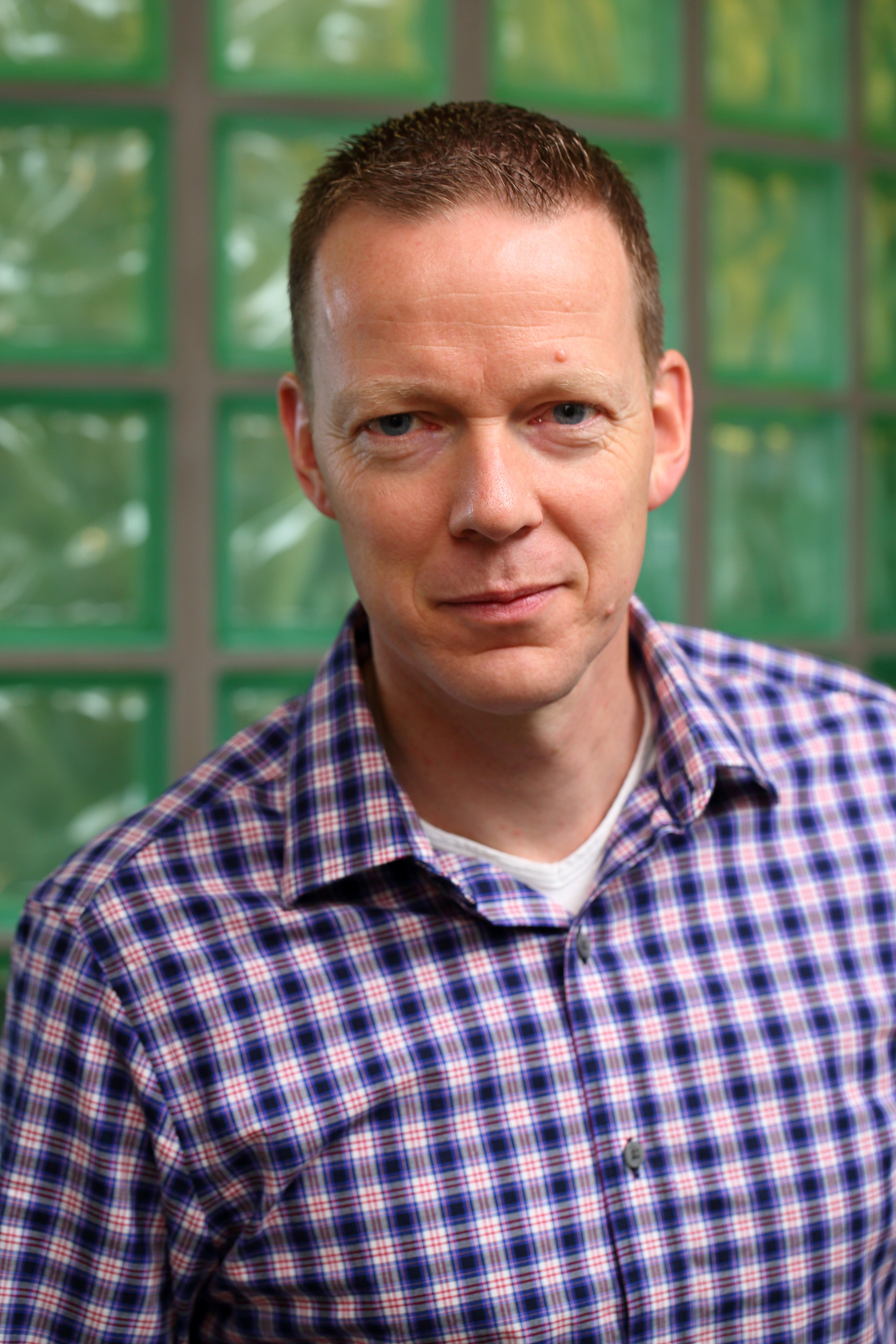Program > Plenary lectures
Plenary Lecturers:
 |
Prof Antonio Huerta, Universitat Politècnica de Catalunya, Spain
Plenary Session 1, 31st of March, 9:15‐10:00, Room 1.
Research Interests
-
Computational methods
-
Finite elements
-
Discontinuous Galerkin
-
Nonlinear computational mechanics
-
Fluid flows, boundary motion, convection-diffusion
-
Error estimation and adaptivity
- Reduced order models
|
 |
Prof Anthony Gravouil, Institut National des Sciences Appliquées de Lyon, France
Plenary Session 2, 31st of March, 13:30‐14:15, Room 1.
Multi-scale acceleration techniques for non-linear analysis of structures with frictional contact
A. Gravouil1,2, D. Dureisseix1, A. Giacoma3, M. Rochette3
1 Université de Lyon, INSA-Lyon, LaMCoS, CNRS UMR 5259, F-69621, Villeurbanne (France)
2 Institut Universitaire de France (France)
3 ANSYS France, Villeurbanne (France)
Industrial complex problems involving large contact zones may lead to prohibitive time of computations (non-linear and non-smooth behavior). Unfortunately, classic incremental solvers (e.g. Newton-Raphson) for contact problems could defeat the deployment of model reduction techniques well known for their efficiency to reduce time of computing. We propose to tackle the contact problem with the non-linear iterative LATIN (Large Time Increment) solver [1]. Then, a non-incremental time-space approach is adopted to solve the problem allowing the use of time- space model reduction technique. From a posteriori analyses using SVD (Singular Value Decomposition) of contact problems solutions, we exemplify the multiscale content of time-space reduced basis. Each of this basis vectors depicts a particular scale of the solution of the problem emphasizing the scale separability of contact problems. Moreover, depending on the complexity of the problem, its solution can be compressed into a small number of vectors as in [2,3,4]. We propose to take advantage of these scale separability by making analogies with multigrid solvers and namely the non-linear FAS (Full Approximation Scheme) multigrid solver [5]. Particular iterative solvers (called smoothers: PCG, GS ...) are able to damp rapidly the high-frequency components of the error through iterations whereas low-frequency components are slowly captured. Thus, coarser grids are used in order to correct low-frequency components. Similarly, we propose to consider as coarse grids a representation of iterated solutions over the first modes of the reduced basis (containing large scale information). The smoother is the non-linear LATIN solver and the overall strategy consists in a combination between the FAS multigrid solver and the LATIN method. Such a method increases convergence rate (in comparison to the LATIN method) and provides a well-suited approach for the parametric study framework [6].
References
[1] Boucard, P. A., Champaney, L. (2003). A suitable computational strategy for the parametric analysis of problems with multiple contact. IJNME, 57(9), 1259-1281.
[2] Kerfriden P, Gosselet P, Adhikari S, Bordas S. Bridging proper orthogonal decomposition methods and augmented Newton-Krylov algorithms: An adaptive model order reduction for highly nonlinear mechanical problems. Computer Methods in Applied Mechanics and Engineering 2011; 200:850 – 866.
[3] Chinesta, F., Leygue, A., Bordeu, F., et al. (2013). PGD-based computational vademecum for efficient design, optimization and control. ACME, 20(1), 31-59.
[4] Vitse, M., Néron, D., Boucard, P. A. (2014). Virtual charts of solutions for parametrized nonlinear equations. Computational Mechanics, 1-11.
[5] Giacoma, A., Dureisseix, D., Gravouil, A., Rochette, M. (2014). A multiscale large time increment/FAS algorithm with time space model reduction for frictional contact problems. IJNME, 97(3), 207-230.
[6] Giacoma, A., Dureisseix, D., Gravouil, A., Rochette, M. (2015). Toward an optimal a priori reduced basis strategy for frictional contact problems with LATIN solver. CMAME
|
 |
Prof Bert Sluys, TU Delft, The Netherlands
Plenary Session 3, 1st of April, 09:00‐9:45, Room 1
Multi-scale modelling of localised failure processes
In this presentation different multi-scale modelling techniques for
the description of localised failure processes will be discussed.
A number of relevant issues will be treated in more detail, such as
the non-standard computational homogenization for localisation
phenomena and the extension of the multi-scale models to dynamic
problems. There are limitations to the well-known multi-scale schemes in cases where the separation of scales is relatively small. Direct coupling can be used in those cases through coupled-volume or domain decomposition techniques. Furthermore, small-scale effects that are normally averaged out through computational homogenization can not always be ignored. For instance, dispersive effects may become relevant in dynamic multi-scale analyses when dominant wave lengths in the macroscopic response are of the same order as the size of a representative volume element. A dispersion tensor can then be derived in order to enhance the multi-scale scheme. The use of multiple spatial length scales and representative volume elements with a finite size together with failure models that are regularized by the introduction of a length scale parameter imply analyses with multiple interacting length scales. These various length scales should be properly dealt with. Multi-scale analyses of localised failure processes in various engineering materials will be demonstrated.
|
 |
Dr Garth Wells, University of Cambridge, UK
Plenary Session 4, 1st of April, 09:45‐10:30, Room 1
Design of optimal linear solvers
An essential ingredient for performing large-scale simulations is the design and application of optimal solvers, that is, solvers with O(n) algorithmic complexity. Solvers with linear complexity in operation count and memory, and which can be parallelised effectively, can provide enormous leaps in simulation performance on both small workstations and high performance computing infrastructure. I will present, in tutorial style, some ingredients for the design and application of optimal solvers. Examples from realistic turbomachinery simulations and geophysical modelling will be presented.
|
|

